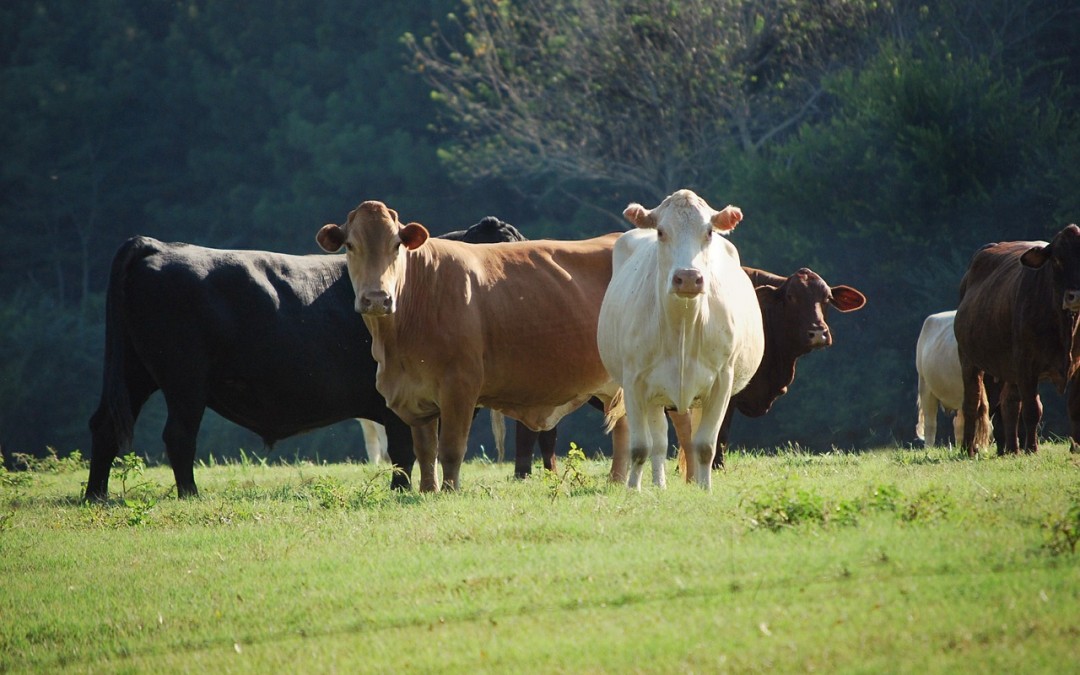
We have selected some curiosities that will change the way you see cows. Find out below: Cows drool constantly
Ruminants, including cattle, are animals with four stomachs. One of its main characteristics is the “ruminate”. After they are fed, the bovines revel in all the food. This serves to control their physical-chemical conditions of rumination.
That’s why animals like cows, sheep and camels are constantly salivating. Even when they are ruminating, this process also helps to chew and swallow the bolus. The cow is one of the pets that produces the most saliva.
Here at Victorian Hoof Care Services you can forget about issues such as limping because we will take care of cattle’s hooves properly and help you keep your cow healthy and strong for dairy production. You can trust real experts in the area with many years of experience in the field of hoof care.
Family tree
Most breeds of bulls and cows originated from a single ancestor: the (Bos primigenius).
The beginning of the domestication process occurred more than 10,000 years ago, and today the animals raised for milk production have practically nothing to do with their predecessor.
During this evolutionary history, we come to the two current bovine species: Bos taurus and Bos indicus. The species evolved in different places, which influenced the physical and metabolic characteristics of each one. For example, most Bos indicus are more robust. They face better adversity (they have a greater resistance to ticks, for example) than Bos taurus, which developed in the European climate.
Whatever the species, basic welfare requirements must be met. Since access to pasture and water, social interactions, shade and the ability to control its temperature. Also, of course, that they have quality food.
Cows love routine
Cattle like to eat at the coolest times of the day. They eat grass and hay. In addition, they can also consume corn, soybeans, sorghum and wheat. In a single day, dairy cows eat up to 7 kg of grain and more than 30 kg of grass. Cows love routines: they always do the same things at the same time.
During one day, they spend approximately 14 hours resting – and 6 of those hours go through rumination. The rest of the time is often divided between: 4 hours walking, 5 hours and a half feeding and 30 minutes drinking water.
Nobody manages to be so systematic, is not it?
Where a cow goes, the ox goes behind
In addition to eating at the same time, the cows also do everything together. This is because the cattle are gregarious animals, they live in groups and always carry out their activities together. Hence the saying “where the cow goes, the ox goes behind.”
And it is the truth. If they could choose, they would live in groups of around 20 to 30 individuals. Within this group, there are two important functions: the leader or dominant. The dominant is usually a large, strong animal that has privileges over resources – such as priority access to shade. However, when there is an attack by predators, it is part of the fight.
The leader is usually an older female, who knows the grass where they live and is responsible for initiating all the activities of the group. For example, everyone is ruminating, and she is the one who gets up to drink water to encourage everyone to get up and drink water together.
Curiosity: a cow can drink up to 100 litres of water a day and live quietly until she is 18 years old.
20% of cattle, and 80% of …
You will not believe, but we swear it is real: cows have 80% of the genome identical to ours. The similarities do not end there. The hormones of our reproductive cycle are exactly the same as the cows and the gestation of them also lasts 9 months.
But why is it important to know all this?
Because there is only one way to provide welfare, or better living conditions for the cows on the farm: understanding their behaviour and their needs.
Although the majority of the population consumes milk, many are still not aware of how complex and sensitive the cows are. Knowing these animals helps us to provide a suitable environment so that they can express their natural behaviours and also, every time they move to society that care about their welfare.
Every year, 70 million animals around the world are raised for meat, milk, eggs and other products for human consumption. Many of them live in conditions of suffering and stress.
We cannot turn our back on the problem. World Animal Protection works with governments, farmers and consumers to force changes that improve well-being and provide a better life for these animals.
Understand what animal welfare is
Understanding the needs of animals helps improve the lives of thousands raised on farms. The welfare of animals is often not such a simple concept to understand. It can have different meanings for different people. In general, “well-being” refers to the quality of life of an animal – if it is in good health, if its physical and psychological conditions are adequate, and if it can express its natural behaviour.
The researcher Donald Broom defines it as: a quality inherent to animals, is not something given to them by man. In practice, this means that no one is able to offer welfare to an animal, but if the conditions so that it can adapt in the best possible way to the environment. The better the condition offered the better your adaptation will be.
On farms, the science of animal welfare guarantees animal access to food and fresh water, proper management, veterinary care, socialisation and, more recently, environmental enrichment.
Here at Victorian Hoof Care Services you can forget about your cows’ hooves since we will take care of them properly and help you keep your horse healthy and strong. Contact us today for more information about our services.